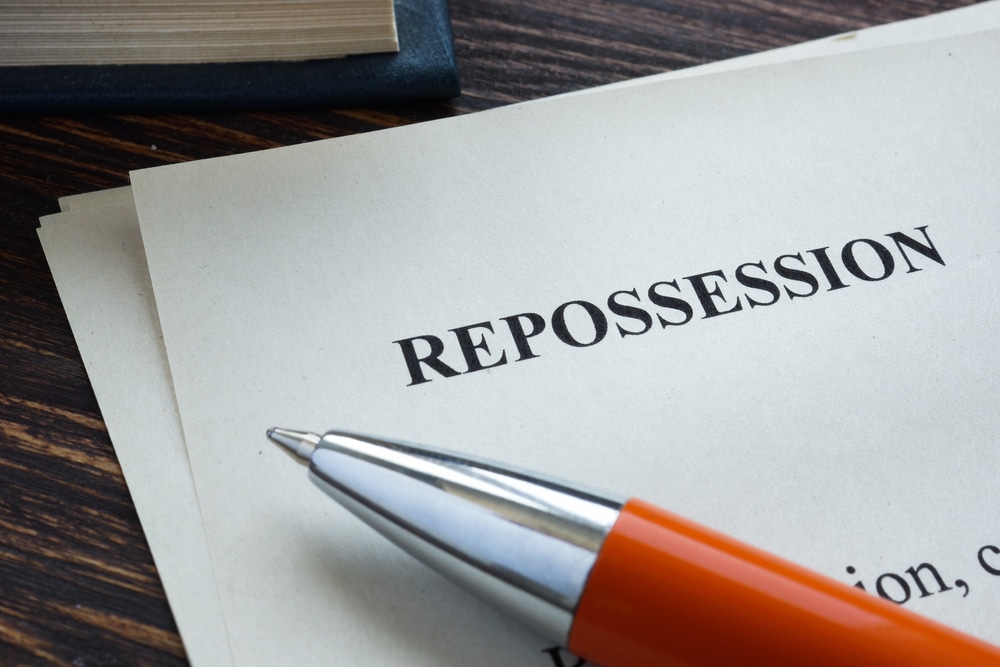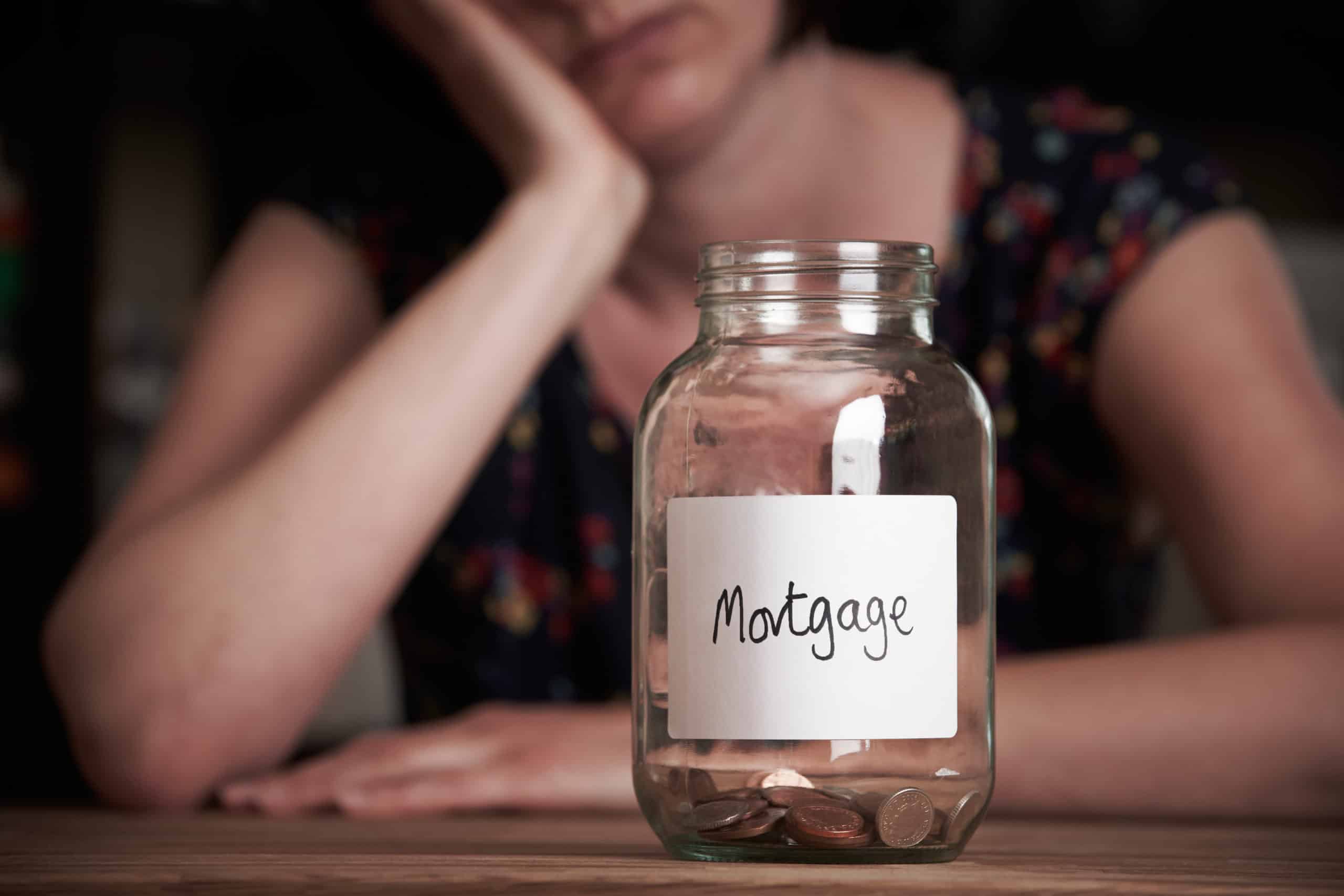Grasping the timeline of repossession debt in the UK is not just crucial, it’s empowering. This understanding can equip borrowers to stand up for their rights and strategize their financial recovery.
Despite the spectre of home repossession, borrowers in the UK have the potential to move forward. This knowledge can be a beacon of hope, empowering borrowers to take control of their financial future.
In the blog below, we’ve explored the vital subject of repossession debt, its duration, and what you can do if you find yourself in this situation.
What is Repossession Debt?
The lender can legally repossess or foreclose on the property when homeowners fall into mortgage arrears. Any outstanding debt left after the home is sold becomes the borrower’s responsibility.
This leftover debt includes the remaining mortgage balance plus any fees, penalties, interest, and legal costs from the repossession procedures. If the home sells at auction for less than the amount owed, that difference becomes an unsecured debt that the borrower must still repay.
Lenders and debt collectors can aggressively pursue repayment of this deficiency through letters, calls, negotiations, and court action if still within the statute of limitations.
What is the statute of limitations on debt?
The statute of limitations on debt in the UK is six years. That means the lender has six years from default to sue for repayment in court.
However, the six-year timeframe restarts if the borrower makes any payment, acknowledges the debt, enters a payment plan, or has their wages garnished during this period. Any engagement with the debt essentially resets the clock.
After six years with no payments or acknowledgement, the creditor loses the right to use the courts to collect the debt.
However, they can still send letters, make calls, use debt collectors, or try to negotiate repayment. The debt still morally exists, but court action cannot be taken.
While twelve years may seem like an eternity, it’s important to remember that the UK legal system does limit how long a repossession can mar a credit file.
This fact can provide reassurance to borrowers, reminding them that there is light at the end of the tunnel.
Can I get a mortgage after a repossession?
While securing a new mortgage after a home repossession is undoubtedly a challenge, it’s a challenge that can be overcome. Many homeowners have successfully navigated this path, and with the right strategies and patience, you can too. This possibility should give you hope and motivate you to take the necessary steps towards financial recovery.
Let time pass between repossession and a new mortgage
Allow a significant amount of time to pass is essential. Most lenders want to see at least 2-3 years after the repossession before considering a new loan application. More extended wait periods are even better. This allows negative marks to fade on credit files.
Pay down existing debts
Paying down existing debts will also help. To offset the risk of another default, pay off credit cards, loans, overdrafts, and other remaining debts to demonstrate financial responsibility.
Rebuilding your credit slowly, after the repossession tanks your credit score, can help to rebuild it. Avoid unnecessary new credit at first. You may also increase your deposit amount, if possible, as the lender will view you more favourably.
Get specialist lender help
In the worst-case scenario, you should seek out specialist lenders. Subprime and second-chance lenders offer higher rates but work with damaged credit. An experienced broker can help find options.
You should also explain your circumstances if you feel comfortable doing so. For example, provide evidence if health issues or redundancy caused the default. Some lenders may consider unique circumstances.
Are there ways to fight a potential house repossession?
Receiving a repossession notice can be a daunting experience, but remember, you’re not alone. Homeowners in the UK have several options to try to halt the proceedings. These options provide a sense of support and reassurance during this challenging time.
You can fight a house repossession by:
Reviewing the paperwork
Look for errors in notifications and account records. Provide evidence of payments credited improperly. Ask the lender to investigate discrepancies.
Seek legal advice from reputable sources
Resources like Citizens Advice or a housing solicitor can give you the support and reassurance you need. Understanding your rights and reviewing foreclosure documents for any violations can be a crucial step in your fight against repossession.
Attempt to sell the property
Speak to the lender about a voluntary sale or “consent order” to sell the home and pay off some or all of the mortgage debt while avoiding repossession.
Modify the loan
The lender may allow restricting the mortgage loan by adding arrears to the balance, extending the term, or lowering the interest rate to facilitate repayment.
These are not the only options available – other paths are worth considering. For example, refinancing with another lender, offering a deed in lieu, or applying for a bankruptcy order can also be intelligent options.
Common causes of falling into repossession debt
Repossession doesn’t happen overnight. For most homeowners, it results from a long journey filled with setbacks, hard choices, and few good options. Here are some of the most common scenarios that leave homeowners unable to pay their mortgage debt:
Redundancy
Losing a reliable income source makes mortgage payments unaffordable, especially without adequate emergency savings to bridge the gap.
Relationship breakdown
A single income no longer covers payments that two incomes previously supported. Legal fees and establishing two homes drain resources.
Illness
Severe illness or injury leads to expensive medical treatment and lost income during recovery and rehabilitation.
Over-borrowing
During property booms, some borrowers over-leverage, with mortgage debt larger than subsequent property values when the bubble bursts.
Investments gone wrong
Investing too aggressively in buy-to-lets or risky ventures can cause you to lose the money needed to cover primary mortgage payments.
Another situation that can cause this is if the property has been damaged. Severe storms, flooding, or fire can destroy the home. Insurance payouts often only partially cover rebuilding costs and the existing mortgage.
You should beware of predatory lending, in which some subprime lenders attempt to missell complex mortgages to those who cannot afford the ever-increasing payments.
Can you clear repossession debt from your file as quickly as possible?
While a home repossession can cause significant damage to credit files that can last for years, there are strategies to help remove that black mark faster. These strategies provide borrowers hope and a sense of control in difficult situations, offering them a path towards financial recovery.
Steps to Clearing Your Repossession Debt
- Negotiate pay-for-delete deals: Offer lump sum payments to creditors in exchange for deleting the default from your credit records. Get agreements in writing.
- Refinance when possible: Under certain conditions, refinancing with a new lender may remove the default from your credit file.
- Dispute errors: If the repossession was misreported, file disputes and provide evidence of mistakes. Push for removal.
- Wait patiently. If you do not make any additional missed payments, the default will be removed from your credit file automatically after six years.
- Request goodwill deletions: Ask creditors to voluntarily remove defaults if you’ve paid well over an extended period, notably if health issues contributed.
- Improve credit mix: Open positive new accounts like mobile phone contracts to offset the repossession over time.
- Limit new applications: Too many credit applications create more hard inquiries that further lower scores. Allow time to rebuild.
- Explain circumstances: When applying for future credit, explain the circumstances that led to the repossession and provide supporting documentation.
As another solution, building your finances (and thereby having cash reserves) helps demonstrate financial stability. This allows access to new credit.
You may also want to consider a debt consolidation loan that combines the repossession balance with other debts. This can remove the individual default while repaying under improved terms.
Researching lender policies is equally important. Specific lenders have policies on removing defaults after 1-2 years of on-time payments. Finding the right fit requires research.

















